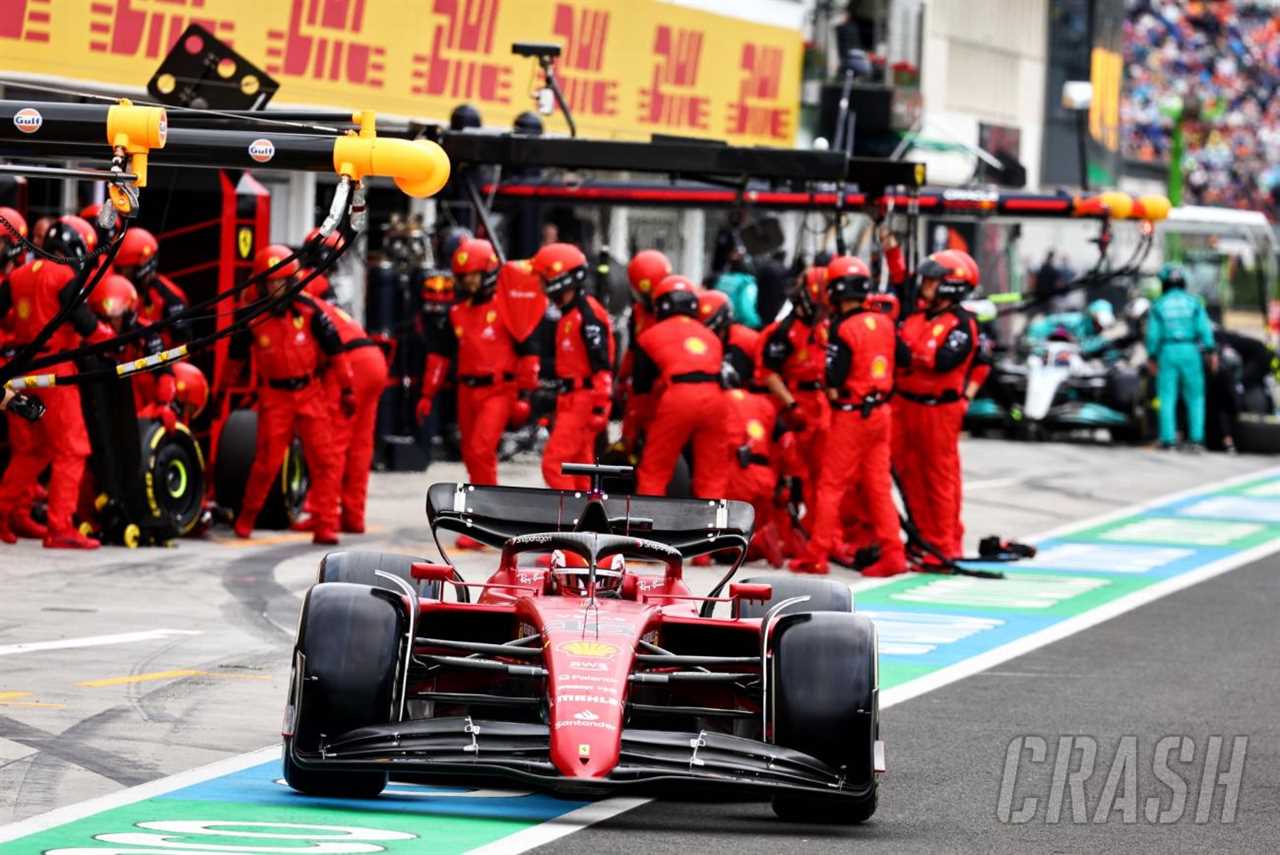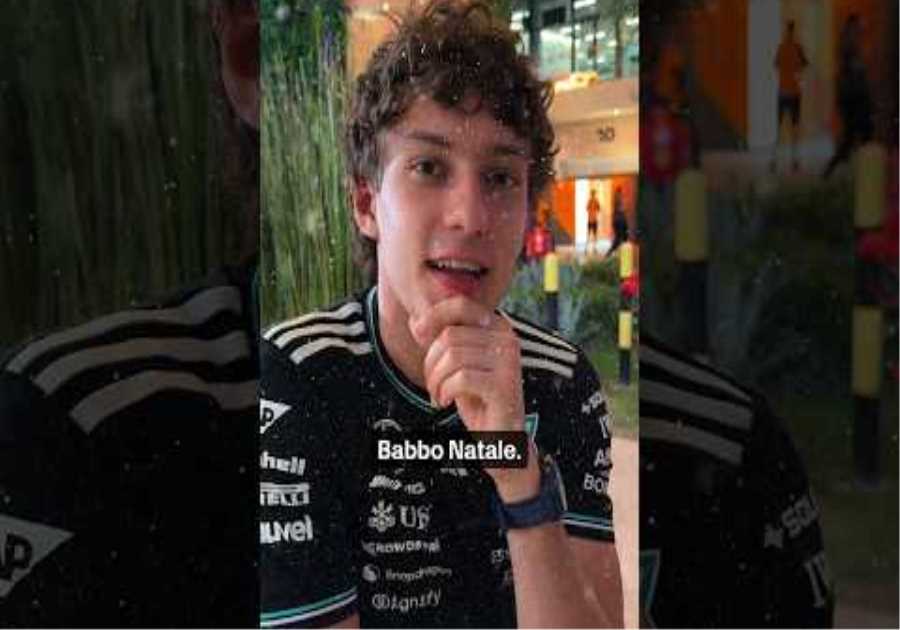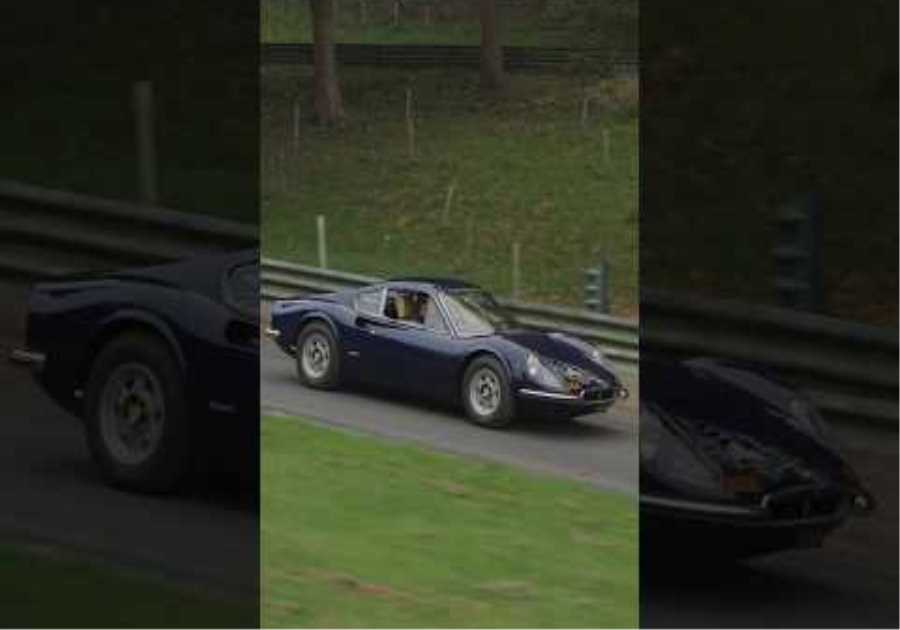
After a promising start to last season, Ferrari endured their latest F1 championship capitulation thanks to a combination of catastrophic reliability failures, strategic blunders and driver errors that littered their 2022 campaign.
Ferrari missed out on the constructors’ title to Red Bull, while Charles Leclerc had to settle with a distant runner-up spot in the drivers’ standings behind runaway champion Max Verstappen.
The Scuderia’s failed bid to bring F1 silverware back to Maranello for the first time since 2008 led to Mattia Binotto’s resignation at the end of the year, and Vasseur arriving from Alfa Romeo to become Ferrari’s latest team boss.
Improving Ferrari’s strategy calls is expected to be one of Vasseur’s top priorities heading into the 2023 season.
“Strategy is a critical part of Formula 1,” Vasseur told Racecar Engineering.
“However, it is made complex by specific allocations such as tires, the timing of sessions throughout the race weekend, and developing and bringing new parts to the circuits where they’re going to be most performant.
“The closer you are to peak performance, the more dramatic the effect of any single mistake in the operations or strategy. You must be sure you’re doing the right thing at the right time to exploit the opportunities you have to collect data and make progress.
“Strategy during the race is entirely different. It hinges on what’s about to happen next and how to make the most of that. Teams are constantly looking at the next lap and simultaneously checking what their rivals are doing to see if they must manipulate what they’re going to do next because of what the rivals are doing.
Related Articles
“It also knows whether there are points in some races where your competitors might make mistakes. Typically, this will be around when tire degradation is high, or some drivers are fighting for position. In moments like this, it can change your entire race.
“If there is a safety car, for example, you can make giant jumps in the field or make good progress on a new set of tires when others are not putting in the best lap times.”
Vasseur also underlined the value of strong driver feedback on a team’s development trajectory, something he will be looking to get from Leclerc and Carlos Sainz this year.
“The contribution is mega,” he explained. “The first part of their contribution is at the track, keeping consistent and pushing the car to its limit, as well as the race craft regarding wheel-to-wheel battles and making progress in every stint.
“The second part is to understand the physics at play and to work with the engineers to exploit the car’s potential under development.
“The third element is personal, which is maintaining their desire to keep pushing themselves and motivating the team to keep pushing and exploiting all the hard work that goes into producing the car and running the car at the track. This is not trivial.”






